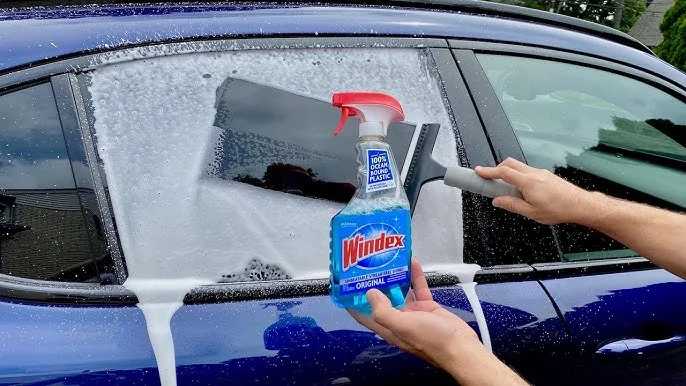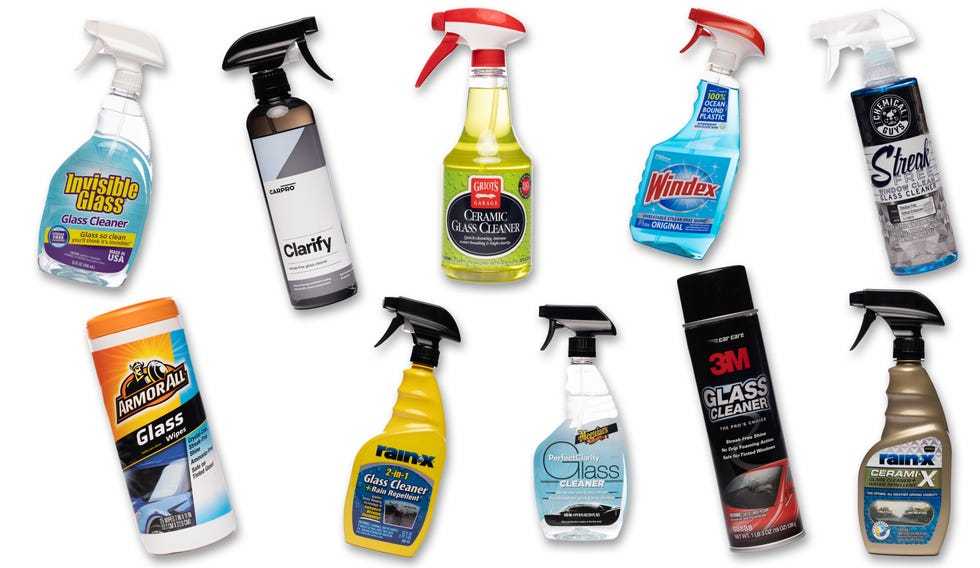Laminated glass and solar glass serve different purposes but are both essential in modern building design. Laminated glass is prized for safety and security, while solar glass maximizes energy efficiency and harnesses solar power. Choosing the right type depends on your specific needs—whether you prioritize safety, aesthetics, or energy savings.
Laminated glass is ideal for enhancing safety, preventing injuries from shattered glass, and providing sound insulation. Solar glass, on the other hand, is designed to generate electricity or improve energy efficiency, making it perfect for green buildings. Both types have distinct advantages, and understanding their features helps in making an informed decision for your project.
When considering laminated glass versus solar glass, it’s important to evaluate your main goal—whether safety and durability or energy efficiency and sustainability. Laminated glass offers strength and security, whereas solar glass combines functionality with eco-friendliness, helping you reduce energy costs while contributing to environmental conservation. Recognizing these differences ensures you pick the best solution for your specific application.
Laminated Glass vs Solar Glass: A Detailed Comparison
Understanding Laminated Glass
Laminated glass is made by bonding two or more sheets of glass together with a special plastic layer called polyvinyl butyral (PVB). This plastic layer holds the glass pieces together if the glass breaks, creating a safer product.
- Safety Benefits: Laminated glass prevents shards from flying in case of breakage, reducing injury risk.
- UV Protection: It blocks up to 99% of UV rays, helping protect furniture and interiors from sun damage.
- Sound Insulation: The plastic layer also dampens sound, making spaces quieter.
Applications of Laminated Glass
Laminated glass is commonly used in areas requiring safety and security, such as:
- Car windshields
- Skyscraper windows
- Bank teller counters
- Balcony barriers
Understanding Solar Glass
Solar glass, also known as photovoltaic or solar panel glass, is specially engineered to capture sunlight and convert it into electricity. It combines high transparency with electrical conductivity, enabling energy generation.
Key Features of Solar Glass
- High Transparency: Allows maximum sunlight to pass through to solar cells.
- Photovoltaic Capabilities: Contains embedded solar cells that produce electrical power.
- Durability: Designed to withstand weather, wind, and temperature fluctuations.
Applications of Solar Glass
Solar glass is primarily used in:
- Building-integrated photovoltaics (BIPV)
- Solar windows and skylights
- Car sunroofs with solar capabilities
Key Differences Between Laminated Glass and Solar Glass
Both types serve different purposes but may overlap in some areas. Here is a detailed comparison:
| Feature | Laminated Glass | Solar Glass |
|---|---|---|
| Primary Function | Safety, UV protection, noise reduction | Energy generation, transparency for sunlight |
| Material Composition | Glass with PVB or EVA layers | Glass with embedded solar cells |
| Transparency | Highly transparent, can be tinted or coated | Maximizes light transmission for solar power |
| Safety | Excellent safety features; prevents shattering | Depends on design; may include safety features |
| Cost | Moderate; varies based on thickness and coatings | Higher due to photovoltaic technology |
| Energy Production | None | Yes; converts sunlight into electricity |
| Durability | High, especially with UV and impact resistance | Designed to last with weatherproof coatings |
Performance Aspects and Effectiveness
Laminated glass offers reliable safety and UV protection but does not contribute to energy savings directly. It is excellent for reducing noise and preventing injuries.
On the other hand, solar glass’s main strength lies in renewable energy generation. It efficiently captures sunlight and transforms it into electricity, helping reduce energy costs over time.
Efficiency of Solar Glass
The efficiency of solar glass depends on:
- Type of solar cells embedded
- Transparency levels
- Angle and orientation of installation
Limitations of Laminated Glass
While it is safe and durable, laminated glass can:
- Be more expensive than regular glass
- Reduce natural light slightly depending on coatings
- Have limited impact on energy savings
Environmental Impact and Sustainability
Laminated glass reduces energy consumption indirectly by providing insulation and UV protection, which lowers cooling and heating needs. It is recyclable and can be reused after service life.
Solar glass directly contributes to sustainability by producing clean energy without emissions. Its use in buildings can significantly lower dependence on fossil fuels and reduce carbon footprint.
Recycling and Longevity
Both types of glass are recyclable, but solar glass may involve more complex processes due to embedded solar cells. Proper disposal and recycling are essential to maximize environmental benefits.
Cost Considerations and Return on Investment
Laminated glass usually costs less initially but offers indirect savings, like reduced cooling costs and increased safety. Its ROI depends on the application and safety requirements.
Solar glass involves higher upfront costs due to photovoltaic technology but can lead to savings through energy generation. Long-term benefits include reduced electricity bills and potential government incentives.
Choosing the Right Glass for Your Needs
Consider laminated glass for safety, soundproofing, and UV protection, especially in residential or commercial spaces.
Opt for solar glass if conserving energy and generating electricity are priorities, such as in eco-friendly buildings or solar-integrated structures.
Installation and Maintenance
Both types require professional installation for optimal performance. Laminated glass needs minimal maintenance, mainly cleaning and occasional inspections for cracks.
Solar glass also requires regular cleaning to maintain efficiency, and solar cells should be checked periodically to ensure proper functioning.
Durability and Lifespan
Laminated glass typically lasts 20-30 years with proper care, maintaining its safety and UV-blocking properties.
Solar glass’s lifespan aligns with the solar cells’ durability, usually around 25-30 years, after which efficiency may decrease slightly.
Related Topics
Additional topics worth exploring include:
- Innovations in smart glass technology
- Cost-benefit analysis of green building materials
- Benefits of integrating solar glass in urban architecture
- Advancements in impact-resistant laminated glass
Understanding the distinctions and applications of laminated glass versus solar glass can help make better choices for safety, energy efficiency, and sustainability. Both materials continue to evolve, offering innovative solutions for modern buildings and infrastructure.
Regular strength glass vs. Tempered glass
Frequently Asked Questions
How does laminated glass contribute to safety in building applications?
Laminated glass enhances safety by holding shatter fragments together if broken, preventing dangerous shards from falling and causing injuries. This feature makes it ideal for environments where safety is a priority, such as schools, hospitals, and storefronts. Additionally, the interlayer can absorb impact energy, reducing the risk of complete glass failure during accidents or vandalism.
What are the energy efficiency benefits of solar glass compared to laminated glass?
Solar glass is designed specifically to maximize energy savings by allowing sunlight to enter while blocking infrared and ultraviolet rays, which reduces heat gain inside buildings. This leads to lower cooling costs and improved energy efficiency. In contrast, laminated glass focuses more on safety and durability, offering less emphasis on controlling heat transfer or solar gain.
In which situations should you prefer laminated glass over solar glass?
If safety, security, and impact resistance are your top concerns, laminated glass provides superior protection. For example, in areas prone to natural disasters, or where security against break-ins matters, laminated glass offers added peace of mind. On the other hand, if reducing energy consumption and controlling sunlight are priorities, solar glass can be more appropriate.
Can laminated glass be used in conjunction with solar glass for enhanced performance?
Yes, manufacturers can combine laminated and solar glass layers to achieve both safety and energy efficiency. This hybrid option provides impact resistance and security benefits along with solar control properties. This approach allows building owners to design glazing solutions that meet multiple needs effectively.
How does the durability of laminated glass compare to solar glass in outdoor environments?
Laminated glass generally offers excellent durability against impacts, weather, and environmental factors, making it suitable for exterior applications. Solar glass, while designed to withstand outdoor conditions, primarily focuses on optimizing solar transmission and heat control. Combining both can enhance longevity, especially when exposed to harsh weather or vandalism risks.
Final Thoughts
Laminated glass offers enhanced safety by holding shards together during breakage, making it ideal for security applications. Solar glass, on the other hand, maximizes energy efficiency, allowing more sunlight to pass through while reducing heat transmission.
When choosing between laminated glass vs solar glass, consider your primary goal—security or energy savings. Both types serve different needs effectively.
In summary, laminated glass vs solar glass each provide unique benefits, and selecting the right one depends on your specific priorities.



